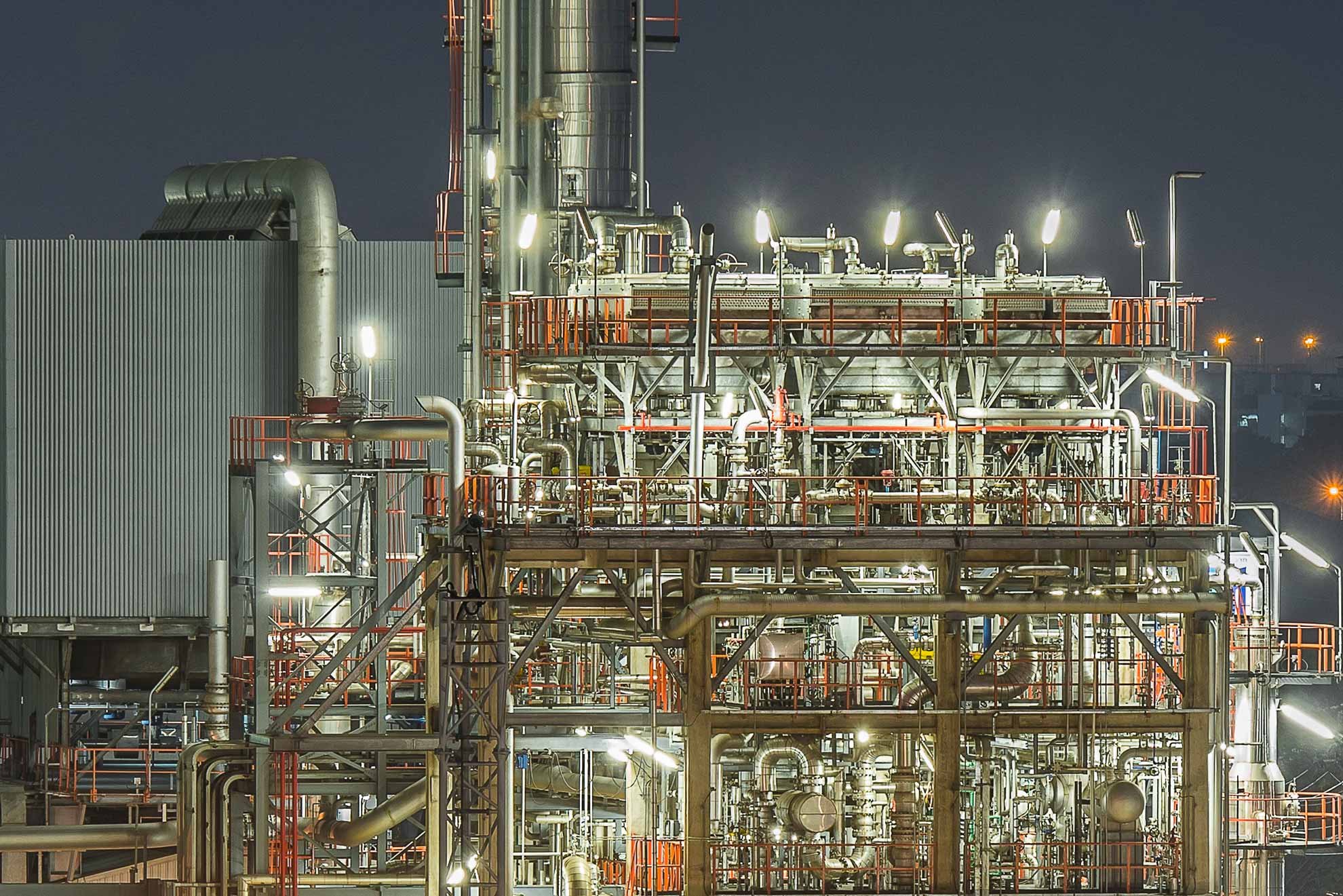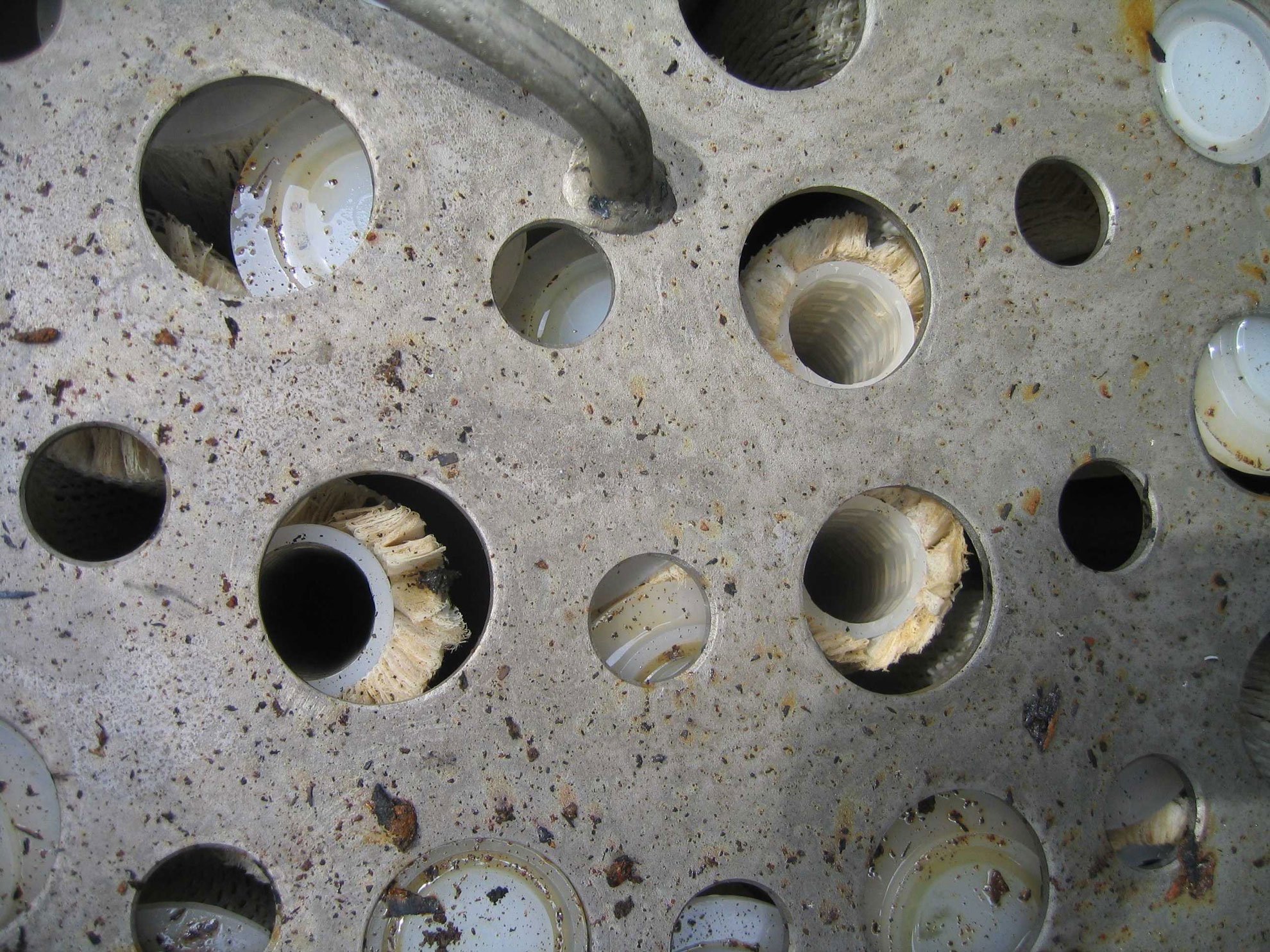
Planning, Procedures & Operator Training
Viking uses an innovative phased approach. High level procedures are developed early based on the PFDs. These are then matured to mid-level and finally to detailed procedures as the project matures.
Our Services
Initial Startup Planning & Procedures
Standard Operating Procedure Development
Special Ops Planning & Procedures
Operating Training
How we do it differently…
The key feature of our process is the phased development approach. Currently, the common practice in the petroleum industry is to generate detailed procedures straight-away; however, there are several reasons for using a phased approach instead. Detailed procedures are difficult and time consuming to write and they are difficult to review. Because they are difficult to review, hidden errors embedded in detailed procedures may not be found. And when the errors are found, it will often be difficult and time consuming to correct them.
Conversely, High-level and Mid-level procedures are easy to review and easy to change. The important decisions are made at the Mid-level. Detailed procedures are then easier to write and contain fewer errors.
The most important reason for using a phased approach is that it allows us to begin writing the procedures very early in the design process. High-level procedures can be developed from the PFDs.
Another important feature of the phased approach is the opportunity to perform a procedure HAZOP at the appropriate stage: Mid-level. Mid-level Procedures contain enough information to identify the significant hazards.
Read more about our Planning & Procedure Development Services below:
Initial Startup Planning & Procedures
The initial startup of a production system is one of the most challenging periods in field life; it is the first time the whole system has to work together. We have a broad knowledge in generating plans for the initial startup of wells, subsea tie-backs and new platforms.
Viking engineers have extensive experience in writing commissioning, initial startup and operating guidelines and procedures. During the procedure writing effort, design errors and omissions are frequently discovered. In order to eliminate these problems, Viking believes that procedure writing should be handled in stages, begin early in the project and start as a high level procedure that gradually matures along with the design.
Processes should be designed to be operated; operation shouldn’t be an afterthought.
Keys To A Successful Initial Startup
Start Early: Planning For Startup Should Start Early In The Project
Use A Multi-Disciplined Team
Use A System Approach
Build The Plan In Stages
Risk Management
Training
Our Initial Startup Planning & Procedures Services
Initial Startup Planning and Procedures
Operator Training
SEMS Readiness Reviews
Prestartup Safety Reviews (PSSRs)
Control System Tuning
Let’s create SOPs that operators actually want to use.
In the oil and gas industry, standard operating procedures (SOPs) are frequently developed late in the project when construction is well underway – too late to impact the design. They may be used for little other than operator training and following startup they often end up on a shelf collecting dust.
Contrast this with the airline industry, where SOP use has dramatically decreased the frequency and impact of accidents. That industry has created a culture and expectation of following procedures. They use SOPs for normal events – takeoff and landings – and in response to emergencies. Learnings are effectively incorporated into their SOPs.
It is hard to imagine ever having such devotion to SOPs in the oil and gas industry, but it is something we should strive for. Effective SOPs that are diligently used by operators may be the driver for the next step change in process safety in the industry.
But this cannot reasonably be accomplished unless we start writing procedures that are more user-friendly.
We must start writing SOPs that the operators will actually want to use.
Benefits of Our SOP Process
Viking uses an innovative phased approach. High level SOPs are developed early based on the PFDs. These are then matured to mid-level and finally to detailed procedures as the project matures.
Effective integration of the SOP development effort via a Systems Engineering Team yields other significant benefits:
Coordination with the control systems design efforts can provide valuable guidance to HMI design to mimic how the facility will be operated.
Effective SOPs can dramatically simplify the development of final commissioning and initial startup procedures.
The development of the CMMS and Preventive Maintenance Schedules is more effective if done concurrently with the SOPs. Maintenance tasks can be specifically created and scheduled to reflect the equipment’s planned operability. Spare Parts will be set with valid Min/ Max levels based on the scheduled maintenance tasks, possible unexpected corrective maintenance tasks and logistical hurdles which may require to be overcome.
These are all powerful arguments to put more effort and earlier effort into SOP development, but we seek a still higher goal – Culture Change. Effective SOPs that are diligently used by operators may be the driver for the next step-change in process safety in the industry. But this cannot reasonably be accomplished unless we start writing procedures that are more user friendly; procedures that the operators will actually want to use.
Want to Learn More About our SOP Process?
Read our free eBook or order a paperback copy off of Amazon.
Consult Our Specialist
Related Resources





